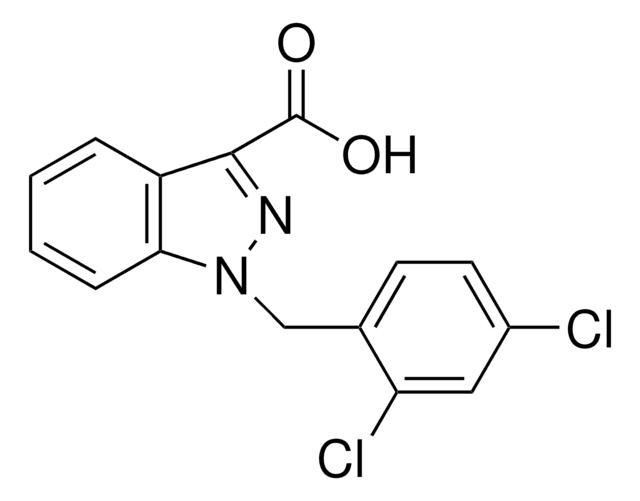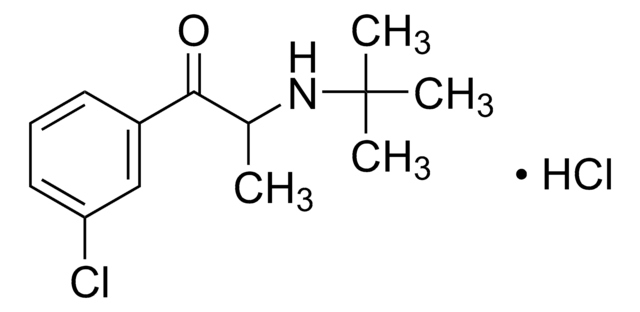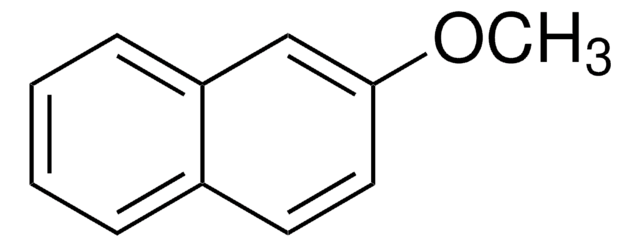SML2418
PS10
≥98% (HPLC)
Synonym(s):
2-[(2,4-Dihydroxyphenyl)sulfonyl]-2,3-dihydro-1H-isoindole-4,6-diol
Sign Into View Organizational & Contract Pricing
All Photos(1)
About This Item
Empirical Formula (Hill Notation):
C14H13NO6S
CAS Number:
Molecular Weight:
323.32
UNSPSC Code:
12352200
NACRES:
NA.77
Recommended Products
Assay
≥98% (HPLC)
form
powder
color
white to beige
solubility
DMSO: 2 mg/mL, clear
storage temp.
2-8°C
SMILES string
O=S(C1=C(O)C=C(O)C=C1)(N2CC(C(O)=CC(O)=C3)=C3C2)=O
Biochem/physiol Actions
2-[(2,4-dihydroxyphenyl) sulfonyl]isoindoline-4,6-diol (PS10) can be considered as a therapeutic method to preserve glucose and lipid homeostasis in obesity and type 2 diabetes (T2D). It can induce pyruvate dehydrogenase complex (PDC) activity in liver and kidney. It is also considered as an effective PDK inhibitor to treat diabetic cardiomyopathy. In the normal myocardium, PS10 helps to enhance fractional carbohydrate oxidation.
PS10 is a potent and selective PDK (Pyruvate dehydrogenase kinase) inhibitor that improves glucose tolerance and lessens hepatic steatosis in diet-induced obese mice. PS10 binds to the ATP-binding pocket of PDKs.
Storage Class Code
11 - Combustible Solids
WGK
WGK 3
Flash Point(F)
Not applicable
Flash Point(C)
Not applicable
Certificates of Analysis (COA)
Search for Certificates of Analysis (COA) by entering the products Lot/Batch Number. Lot and Batch Numbers can be found on a product’s label following the words ‘Lot’ or ‘Batch’.
Already Own This Product?
Find documentation for the products that you have recently purchased in the Document Library.
Shih-Chia Tso et al.
Journal of medicinal chemistry, 60(3), 1142-1150 (2017-01-14)
Pyruvate dehydrogenase kinases 1-4 (PDK1-4) negatively control activity of the pyruvate dehydrogenase complex (PDC) and are up-regulated in obesity, diabetes, heart failure, and cancer. We reported earlier two novel pan-PDK inhibitors PS8 [4-((5-hydroxyisoindolin-2-yl)sulfonyl)benzene-1,3-diol] (1) and PS10 [2-((2,4-dihydroxyphenyl)sulfonyl)isoindoline-4,6-diol] (2) that targeted
Shih-Chia Tso et al.
The Journal of biological chemistry, 289(7), 4432-4443 (2013-12-21)
Pyruvate dehydrogenase kinase isoforms (PDKs 1-4) negatively regulate activity of the mitochondrial pyruvate dehydrogenase complex by reversible phosphorylation. PDK isoforms are up-regulated in obesity, diabetes, heart failure, and cancer and are potential therapeutic targets for these important human diseases. Here
Cheng-Yang Wu et al.
The Journal of biological chemistry, 293(25), 9604-9613 (2018-05-10)
The pyruvate dehydrogenase complex (PDC) is a key control point of energy metabolism and is subject to regulation by multiple mechanisms, including posttranslational phosphorylation by pyruvate dehydrogenase kinase (PDK). Pharmacological modulation of PDC activity could provide a new treatment for
Targeting hepatic pyruvate dehydrogenase kinases restores insulin signaling and mitigates ChREBP-mediated lipogenesis in diet-induced obese mice
Wu CY, et al.
Molecular Metabolism, 12, 12-24 (2018)
A novel inhibitor of pyruvate dehydrogenase kinase stimulates myocardial carbohydrate oxidation in diet-induced obesity
Wu CY, et al.
Test, 293(25), 9604-9613 (2018)
Our team of scientists has experience in all areas of research including Life Science, Material Science, Chemical Synthesis, Chromatography, Analytical and many others.
Contact Technical Service








